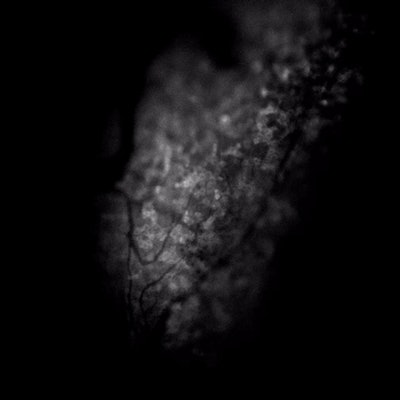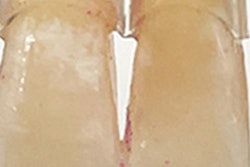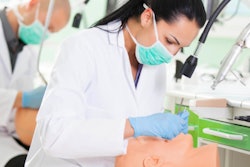
From a throbbing tooth or aching jaw to a pounding migraine, orofacial pain afflicts 5% to 12% of the population. Such pain can hinder daily activities like eating, toothbrushing, and mask wearing, yet opioid-based pain relievers carry the risk of misuse. Understanding how facial nerves process pain signals could help scientists find safer and more effective pain interventions.
U.S. National Institute of Dental and Craniofacial Researchers (NIDCR) researchers recently caught facial nerves on camera responding in real time to pain signals. Their work uncovered a key role for a protein called cyclin-dependent kinase 5 (Cdk5) in pain signaling. The collaboration between scientists in the labs of Ashok Kulkarni, PhD, and Dr. Ken Yamada, PhD, showed that blocking Cdk5 blunted the activity of pain-sensing neurons.
"Essentially, the intensity of the imaging signals correlates with pain signaling at the molecular level," says Kulkarni, whose lab has been studying Cdk5 for over 20 years. "This research really takes our science to the next step -- we're imaging more than quantifying pain signals in real time."
Certain stimuli -- such as a paper cut, oven burn, or flaming hot chili pepper -- activate pain receptors on nerve endings in the skin, prompting an influx of calcium that acts as a pain signal that neurons then pass on to the brain. Using fluorescence to track calcium surges, the NIDCR researchers were able to watch mouse neurons flicker like twinkling lights under the microscope in response to several types of stimuli, allowing them to visualize orofacial pain down to individual neurons.
Kulkarni and Yamada credited their co-mentee, first author and NIDCR research fellow Minghan Hu, PhD, for bridging the two labs' distinct expertise for the study. Hu and Andrew Doyle, PhD, a staff scientist in Yamada's lab, worked together to develop the imaging technique and used it to find out whether Cdk5, a protein known to play a role in pain at other body sites, is involved in orofacial pain signaling.
The researchers applied three different types of stimuli to mouse cheeks: mechanical (brushing and poking), thermal (heat), and chemical (chili extract). They then measured neuronal responses.
In mice engineered to produce high levels of Cdk5, each of these stimuli -- even gentle brushing -- evoked more intense calcium signaling and activated a higher number of neurons, compared to normal mice.
A closer look revealed a shift in the neurons' response patterns. A larger number of neurons responded to two or more types of stimuli instead of just one. Taken together, these findings indicate that increased Cdk5 activity appears to heighten pain-sensing neurons' sensitivity to painful and nonpainful stimuli.
 Researchers in the labs of Ashok Kulkarni (left) and Ken Yamada (right) discovered that blocking Cdk5 blunted pain signaling in mice. Image courtesy of the NIDCR.
Researchers in the labs of Ashok Kulkarni (left) and Ken Yamada (right) discovered that blocking Cdk5 blunted pain signaling in mice. Image courtesy of the NIDCR."These mixed-up neurons can be a problem," says Yamada, whose lab specializes in advanced imaging techniques. "For example, we saw neurons that interpret light touch as pain, which corresponds with a major problem we see in a type of clinical pain called allodynia."
For patients with allodynia, even the gentle brush of a soft sweater can be painful. So, the researchers next examined mice with a similar condition. They found that blocking Cdk5 activity in these animals reduced calcium-based pain signals and decreased the number of neurons that responded to both gentle brushing and chili extract, a chemical irritant.
These findings suggest that targeting Cdk5 in nerves outside the brain and spinal cord could be a safer treatment avenue than existing pain therapies. Kulkarni and Yamada suggest that potential new treatments based on their findings could relieve severe pain without affecting brain functions involved in the development of opioid use disorder, which can be a serious side effect of taking opioids.
"We hope that our study may eventually become relevant to human conditions by raising the possibility of a drug that can target the peripheral sensing of pain without affecting the central nervous system," adds Yamada.
Reprinted from the U.S. National Institutes of Health's National Institute of Dental and Craniofacial Research.
The comments and observations expressed herein do not necessarily reflect the opinions of DrBicuspid.com, nor should they be construed as an endorsement or admonishment of any particular idea, vendor, or organization.



















